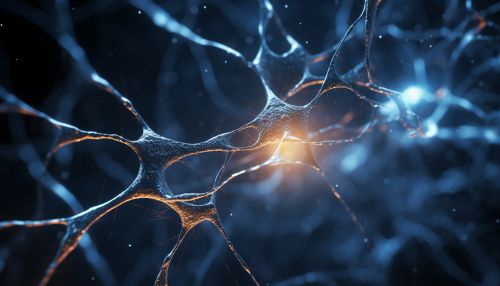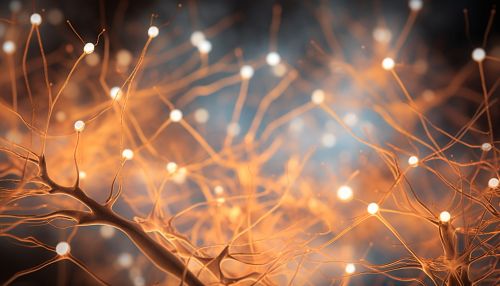The Science of Human Neurotransmitter Imbalance and Mental Disorders
Introduction
The human brain, a complex and intricate organ, operates through a network of neurons that communicate via chemicals known as neurotransmitters. These neurotransmitters play a crucial role in maintaining mental health and their imbalance can lead to various mental disorders. This article delves into the science of human neurotransmitter imbalance and its association with mental disorders.


Neurotransmitters and their Role in the Brain
Neurotransmitters are endogenous chemicals that transmit signals across a synapse from one neuron (nerve cell) to another 'target' neuron. They are key components in the transmission of signals in the brain and are involved in a myriad of physiological functions.


There are several types of neurotransmitters, each with specific roles. Some of the most well-known neurotransmitters include serotonin, dopamine, norepinephrine, and gamma-aminobutyric acid (GABA). For instance, serotonin is involved in the regulation of mood, appetite, and sleep, while dopamine is associated with reward and pleasure systems in the brain.
Neurotransmitter Imbalance and its Impact
Neurotransmitter imbalance occurs when there is an excess or deficiency of one or more neurotransmitters in the brain. This imbalance can result from various factors, including genetics, diet, stress, and exposure to environmental toxins. Neurotransmitter imbalance is often associated with a range of mental disorders, including depression, anxiety, bipolar disorder, and schizophrenia.


For example, depression is often linked to low levels of serotonin and norepinephrine. Similarly, schizophrenia is associated with an overactivity of dopamine in certain areas of the brain. However, it's important to note that these associations are not definitive, and the exact mechanisms of neurotransmitter imbalance in mental disorders are still under investigation.
Diagnosis and Treatment of Neurotransmitter Imbalance
Diagnosing neurotransmitter imbalance can be challenging due to the complexity of the brain and the multitude of factors that can influence neurotransmitter levels. Currently, diagnosis is primarily based on the assessment of symptoms, although research is ongoing to develop more direct and reliable methods.
Treatment of neurotransmitter imbalance typically involves medication that targets specific neurotransmitters. For example, selective serotonin reuptake inhibitors (SSRIs) are used to treat depression by increasing the level of serotonin in the brain. Other treatments include lifestyle changes, such as diet and exercise, and psychotherapy.


Future Research Directions
While significant progress has been made in understanding neurotransmitter imbalance and its role in mental disorders, much remains to be discovered. Future research directions include the development of more accurate diagnostic tools, the exploration of novel treatment approaches, and the investigation of the genetic and environmental factors that contribute to neurotransmitter imbalance.
